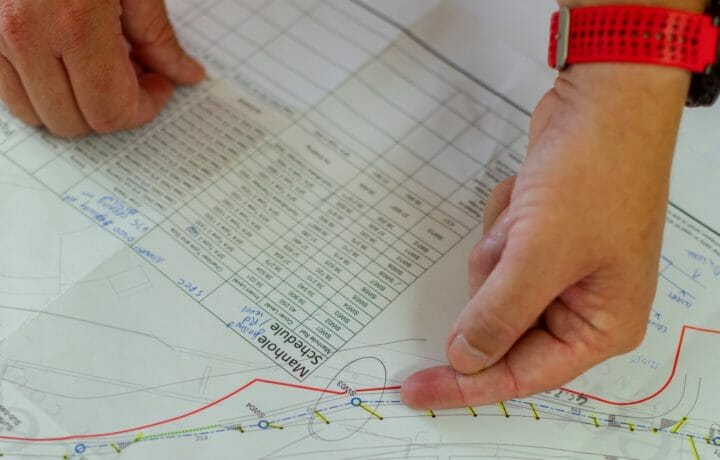During a period of sequestration and federal employees being furloughed, the Department of Homeland Security is building a new headquarters. It’s being promoted as a way to unite the agency, with a price tag of $3.9 billion. In typical Washington fashion, the project is on hold due to politics. Unfortunately, taxpayer money may have been wasted regardless of what is decided, since upfront construction costs have already been spent. Completion of the facility could impact the agency operationally, budgetarily, and culturally.
The operational and budgetary considerations for the consolidation are legitimate. Security for the agency functions is important, and when an agency is in one location, this could be easier to implement. During a natural disaster or a terrorist attack, a consolidated workforce could be helpful to the effectiveness of the agency’s response. Whether this would improve operational efficiency during a disaster or attack is unknown. From a budget perspective, one location could reduce overhead costs in the long term. However, in order to complete the project, the immediate budgetary costs would soar.
The cultural considerations being made are understandable but problematic. The issue at hand may not be a building problem, but rather a communication problem. Everyone can be in the same building and still not feel like “one DHS.” The communication infrastructure has to be changed – not the location. Constructing a new facility with a hefty price tag, in a time when the government cannot find a way to decrease our nation’s debt, will not solve the communication struggle. In fact if the building is completed, if there isn’t an immediate and dramatic improvement in communications for DHS, it will shine an even bigger spotlight on the agency. Certainly, building a culture of “one DHS” is necessary, but this does not come by building a building.
DHS Secretary Janet Napolitano states, “It will help us have meetings.” This comment works under the presupposition that physical location is necessary for meetings. In the Office of Personal Management’s 2012 Status of Telework in the Federal Government, OPM states the importance of telework as a strategic initiative to support agency efficiency and effectiveness. Due to the Telework Enhancement Act in December 2010, OPM is looking at the telework initiative as a change program for the federal government – not simply an individual employee benefit.
OPM’s report on telework pegs management resistance as the primary barrier to telework; however, in the case with DHS, management would have to be resistant to telework when the agency has required $3.9 billion to construct its facility and allegedly create a “one DHS” feel and culture. There seems to be a mixed message when one of the reasons to spend $3.9 billion during budget reductions is to facilitate meetings, only to have the Telework Enhancement Act 2010 come out one year later after the justification was made to build the building.
Bottom line: does a building truly make the American people safer and more secure during the time of disaster or attack? If a new headquarters will truly benefit the American people with a more agile and effective DHS, then the price tag is worth it.




